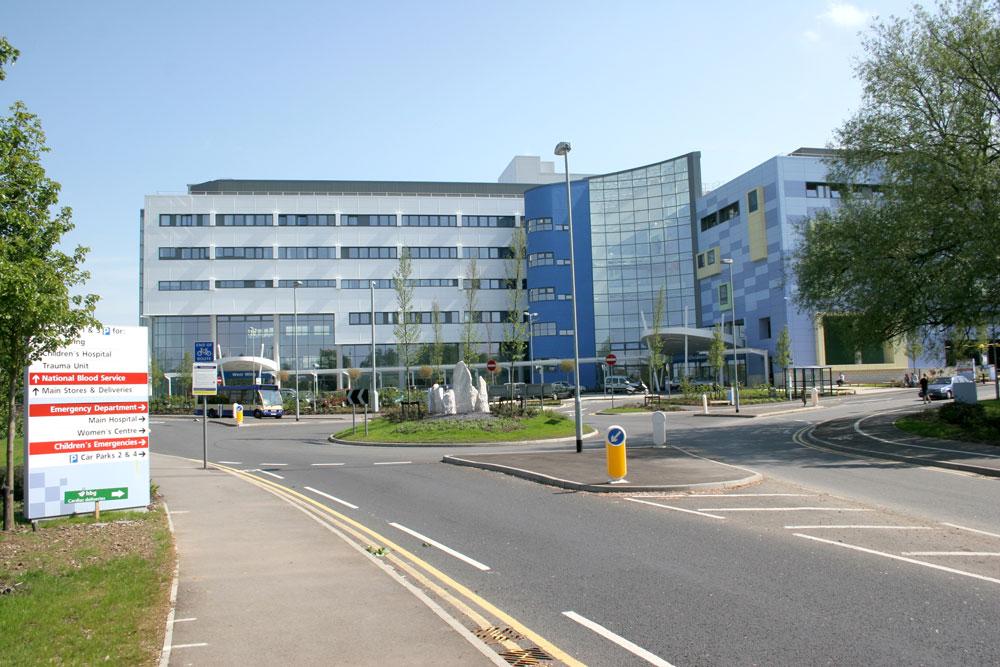Signage can bring real benefit to your organisation and it is a very cost-efficient way to do so. HB looks at the benefits of good signage
There are many different types of sign that your organisation may need: external to highlight where you are located, wayfinding signs to direct people to where they need to be, health and safety information, fire exits etc.
First impressions
Signage is one of the first things people see when they visit your organisation. It is important for your signs to be clear, as this gives a good impression of your organisation. Clear and concise signage makes your organisation look trustworthy and legitimate, whereas misleading or unclear signage can be confusing and produce a negative impression. As the saying goes, you never get a second chance to make a first impression and good signage shows you care about your staff and visitors.
Visitor experience
Signs make it easy for people to visit. Clear and concise signage makes the visitor experience easier. In the health service, visitors from the general public maybe be unfamiliar or, depending on the nature of your organisation, already uncomfortable visiting your office or location and a good sign can help reduce some of this stress. If the signs are easy to follow, visitors will feel more relaxed. If you are already stressed, difficulty navigating an unfamiliar building is not helpful.
Signs are important for the smooth running of an organisation – if people know where to go, they are unlikely to go the wrong way, stand in the wrong queue, cause crowding in a lobby or need to ask for help. Signs can also help people get the help they need more quickly, once they are where they need to be – signs near a queue or in a waiting room can provide people with the information of what they need when it is their turn to be seen – for example if they need photo ID or an appointment letter.
Of course, signs are designed to be helpful, so don’t provide too many. Think about what information a visitor would need and where the best place to display it would be. It is important not to overload your visitors. It is important not to provide too many signs, but it is also important not to provide too much information on your signs, as visitors need to be able to pick out what they need to know quickly. Don’t put any information that isn’t necessary on your signs.
Advertising
Signage helps in advertising, if visitors and service users know where you are located ahead of their needs, this can help them should they ever need to visit. Depending on the nature of your organisation, signs that display your services can bring potential users towards you ahead of a competitor.
Good signage with a recognisable brand can differentiate you from the competition. Branding is important as it shows what you are about. Pay attention to your branding including logo, font size and style and colour. To provide information, generally, the simpler the better. There’s no point using a fancy font you think looks good, if it is not easy to read.
The signs you use must be appropriate for your audience as well, don’t use small fonts in areas frequented by elderly visitors and don’t use complicated language where children are.
Be alert to the colours you are using – for example, we know that a yellow sign is warning us to be careful or watch out for a hazard.
Consistency is also important, to provide a seamless experience to your visitors and avoid confusion. It also creates a uniform idea, that visitors will come to recognise.
Health and Safety
Signage isn’t just about advertising, it is also important to keep people safe. It is crucial to indicate fire exits and safety equipment to keep staff and visitors safe and provide assistance in an emergency.
Signage should always be part of health and safety strategies, and can protect against accidents like trips or falls. As well as keeping people safe, it can protect against lawsuits in the event an accident should happen.
Signage relating to health and safety should be more prominent and clear than any other signage you have on display.
Health and safety signage for example on fire escapes or Covid can reassure staff and visitors that their safety is taken seriously.
A safety sign should be up-to-date and compliant with regulations (for example fire exits signs should be green with white text). As with any signs, they should be clear and readable and in a good state of repair.
Cost
One of the major benefits of signage is that it is a cost-effective and long-term way to achieve all of the above. Once a sign is installed, it is yours to keep, requires no maintenance and lasts a long time. Particularly from an advertising and health and safety perspective, signage is one of the most cost-effective things you can do.
Overall, good signage provides a better experience for staff and visitors and is a very simple and cost-efficient way to do this.





